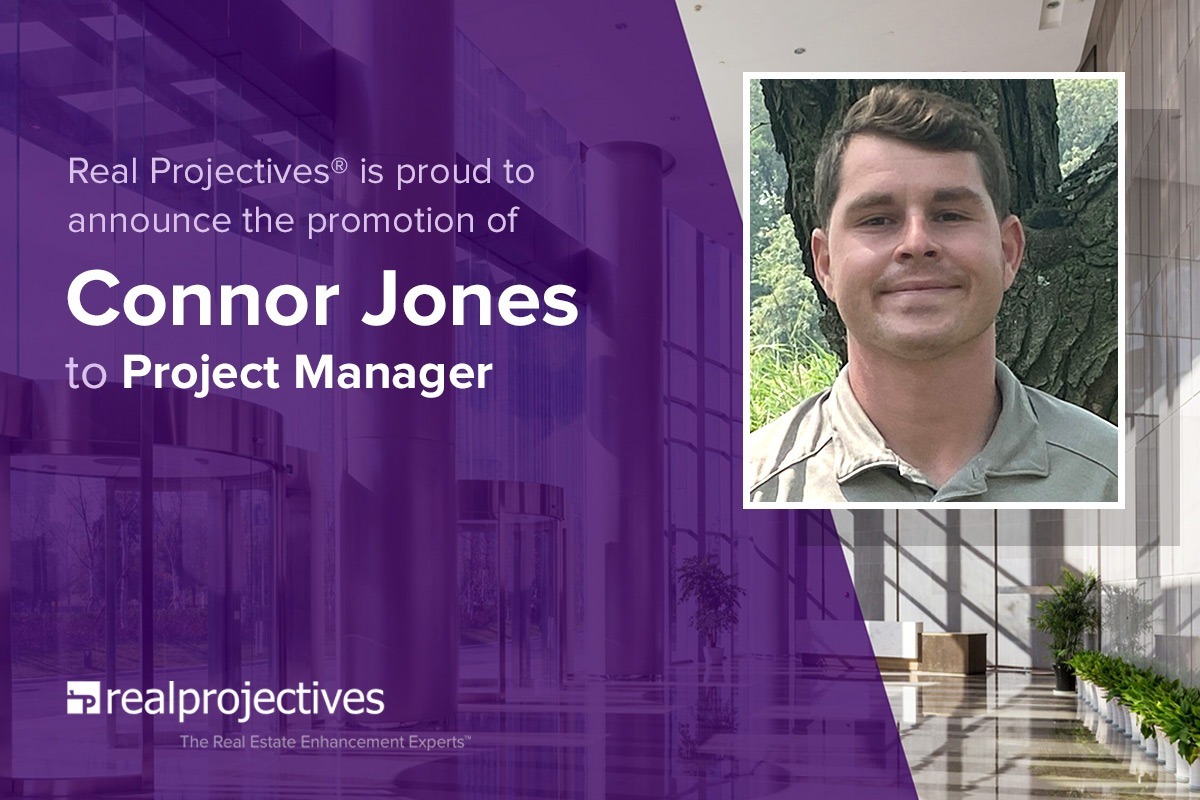Investing in Real Estate Development – Part 2, Assess Six Important Risk Areas

In Part 1 we discussed factors to consider when choosing a development deal to invest money.
In this article, we focus on understanding and mitigating several potential downsides. Unlike buying an existing building, development deals require an understanding of existing land conditions, the processes and resources necessary to execute and complete the project on time and within budget. Let’s review the top six important risk areas.
When considering development risks, first look at the land — both above and below the surface. Environmental setbacks, including hazardous materials, graves, swampland, flood zone, ecological habitats and other unexpected obstacles, can increase costs and take months of legal wrangling to straighten out. A Phase I Environmental Site Assessment (ESA) researches current and past uses of a property and provides basic analyses on selective samples to determine if the soils or groundwater might have any conditions that should be further investigated in a Phase 2 ESA. In conjunction with that study, a geotechnical report should be prepared to identify how the ground can best support the proposed new structures. Some sites need to be scanned, drilled and/or have test holes dug to gauge the effort and time needed to remove existing obstacles and begin building. Also, dealing with water both underground (foundations, basements, utilities) and on the surface (rain, storms and floods) cannot be underestimated as it can disrupt construction and become a problem for the permanent improvements.
Consider that every property needs to be connected to the surrounding community to function and generate the anticipated income. That usually requires vehicular and pedestrian access as well as wet and dry utilities. A study of the current deed and title land records (ownership) along with an ALTA survey (pictorial and narrative) will confirm whether public right-of-way or easements make the property accessible. A civil engineer should review the survey along with public works records and “will-serve” letters from each utility provider (water, sewer, gas, electric, telephone, Internet) to explain what services are already available or to what extent they need to be brought to the site.
A third category critical to evaluate is what approvals have already been earned and what are the procedures for garnering all future necessary permissions. Approvals from all authorities can take months to years and be subject to public scrutiny and challenge at each stage, potentially delaying, restraining, or even negating a project from moving forward. A local land-use attorney should research both the process and people involved to prepare a zoning letter outlining if the intended project can be built “by-right” or what special permissions will be required. Most designs must also be approved by boards and commissions for subdivision (combining or separating property boundaries), land disturbance (stormwater, sediment and erosion control), and site plan (new hardscape and softscape land improvements). Plans and specification documents must also be reviewed by various government agencies for safety and health to obtain one or more building and trade permits.
Certainly not least, are the procedures necessary to obtain inspections of the work as it is completed to obtain temporary and final certificates allowing use and occupancy of the project. Knowing the timeline, relationships and parties involved at each step of these processes are critical to being able to open a building for use and occupancy, thereby generating the income-to-support value.
Additionally, evaluating the capability and experience of the proposed project team is essential. Ask if the sponsor/developer has experience with this kind of project in the specific location. Is their team organized to manage the pre-development activities, give good direction during design, properly oversee construction details, and make smart decisions as issues arise? The design team should really know the intricacies of the use type (residential, commercial, etc.) and the peculiarities of the location/jurisdiction and have the right team members to coordinate a solid set of design documents and be prepared to quickly resolve matters during construction administration.
A fifth risk consideration is to ensure that there is precise clarity of intended customers and what features and functions they need and want. Studying the market but wrongly defining the position of the project in its specific marketplace, is almost impossible to undo or correct. Out of that exercise, the team should generate a written project program to serve as the benchmark for driving and evaluating the quality from design (plans and specs) through construction and eventually when open for use.
Lastly, but certainly very important, managing development risk involves contracting and procuring for the actual materials and labor from dozens of companies. It probably goes without saying, but the selection of delivery method, negotiation of contract forms/provisions, along with the qualification of the actual contractor company and job team together weigh mightily into the success or failure of every construction and development project. Is each contractor experienced, capable and have a solid reputation? How well are their goals and incentives aligned with ownership and the investors? Who bears the cost and/or schedule risks of design gaps, material challenges and labor missteps?
All of the above factors aggregate to a level of confidence in the proposed development plan – including the project scope, schedule and budget aspects. No research or plan is perfect, so are appropriate levels of contingencies in time and money included, or should you, as an investor, hold additional amounts to defend against the unknown or unanticipated?
Moreover, due to the complexity and quantity of development issues, it is important to have experts help you vet each investment so you will understand how likely it may be to actually get your invested money back and achieve the expected additional returns. Do you have the resources internally to quarterback the pre-investment diligence and the time to adequately oversee the design and construction process?
Real Projectives® helps clients make informed real estate renovation and development decisions and oversee or manage the execution of projects essential to their investments. If you have questions about how we could help you, please connect with us at 888-357-7342.


